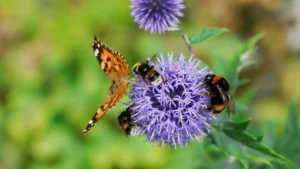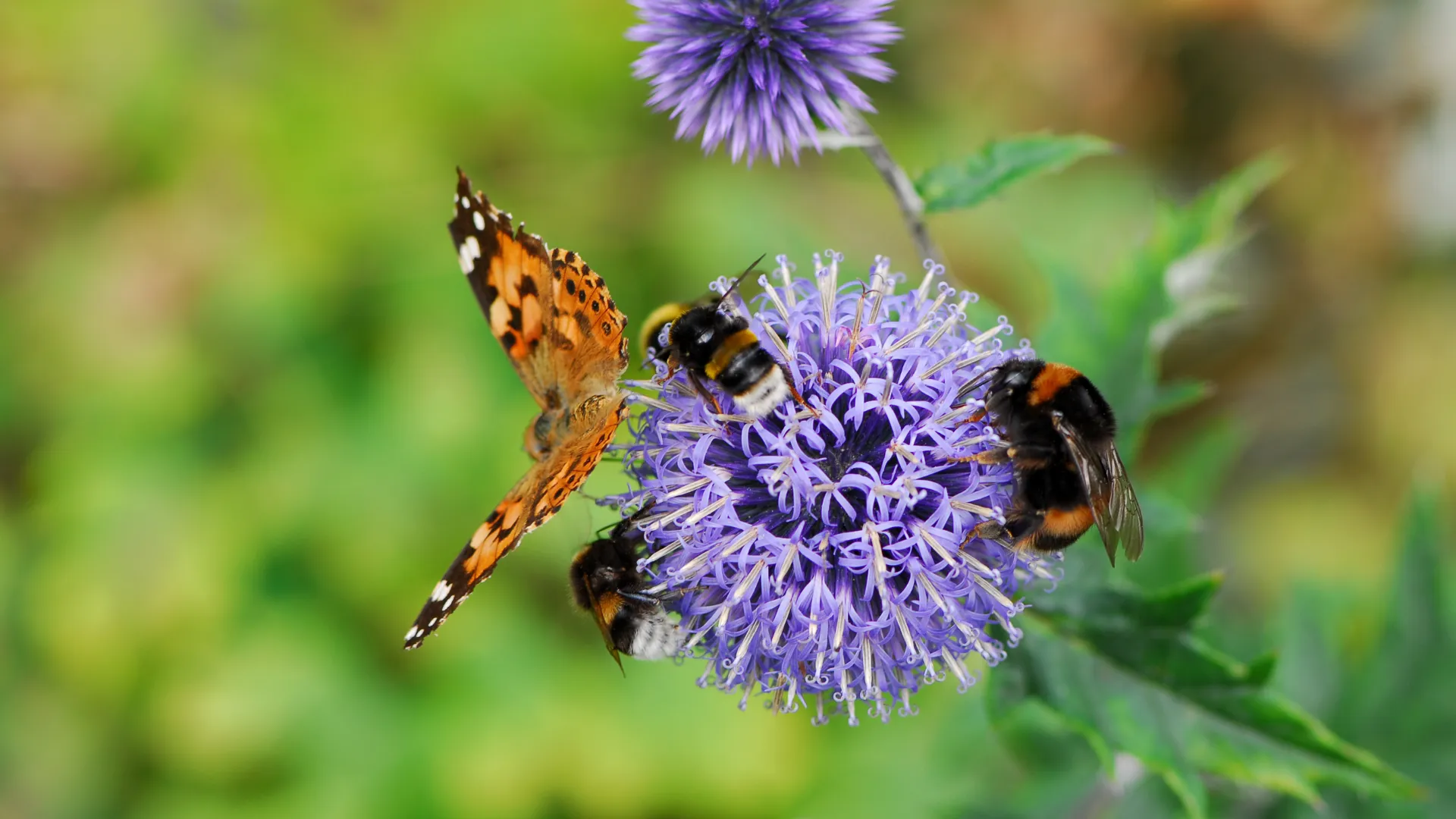Pest control is a critical aspect of farming, but reliance on chemical pesticides can harm the environment, reduce soil fertility, and introduce toxins into the food chain. At Garden for Life, we advocate for natural pest control methods that protect crops while maintaining ecological balance. Let’s explore some effective natural pest control techniques every farmer should know.
1. Companion Planting
Companion planting involves growing certain plants together to naturally repel pests. Some plants release strong scents or chemicals that deter insects, while others attract beneficial predators. Examples include:
- Marigolds repel nematodes and aphids.
- Basil deters mosquitoes and tomato hornworms.
- Garlic and onions keep away various insect pests.
2. Beneficial Insects
Not all insects are harmful; some serve as natural predators to common pests. Encouraging these beneficial insects can reduce the need for pesticides. Examples include:
- Ladybugs eat aphids and mites.
- Lacewings consume whiteflies and caterpillars.
- Praying mantises prey on a variety of harmful insects.
3. Neem Oil
Neem oil is a natural pesticide derived from the neem tree. It disrupts the life cycle of pests by affecting their feeding and reproductive behaviors. Neem oil is particularly effective against aphids, caterpillars, and whiteflies and is safe for beneficial insects when applied correctly.
4. Diatomaceous Earth
Diatomaceous earth is a fine powder made from fossilized algae. It works by dehydrating insects upon contact, making it effective against soft-bodied pests like slugs, snails, and ants. Sprinkling it around plants provides a natural barrier against crawling pests.
5. Crop Rotation
Rotating crops helps break the life cycles of pests and diseases. Many pests thrive in monocultures where they find an abundant food source year after year. By rotating crops, farmers reduce pest populations and improve soil health simultaneously.
6. Homemade Organic Sprays
Several homemade sprays can help control pests naturally. Examples include:
- Garlic and chili spray to repel insects.
- Soap and water spray to suffocate aphids and mites.
- Vinegar and essential oils as a deterrent for ants and other pests.
7. Physical Barriers
Using physical barriers can prevent pests from reaching crops. Some effective options include:
- Row covers to protect against flying insects.
- Mulches to deter soil-borne pests and retain moisture.
- Sticky traps to catch insects like whiteflies and thrips.
8. Encouraging Natural Predators
Birds, frogs, and other wildlife play a crucial role in pest control. Installing birdhouses, ponds, and native plants can attract these natural predators, reducing the need for chemical interventions.
9. Soil Health Management
Healthy soil supports strong plants that are naturally more resistant to pests. Adding organic compost, using cover crops, and avoiding over-fertilization help maintain a balanced ecosystem where pests are less likely to thrive.
10. Handpicking and Monitoring
Regularly inspecting crops and removing pests by hand can be an effective way to control outbreaks before they become severe. Simple techniques like shaking infested branches or using traps can help manage pest populations.
Conclusion
Natural pest control methods are not only effective but also contribute to a sustainable and eco-friendly farming system. By integrating these techniques, farmers can protect their crops without harming the environment. At Garden for Life, we encourage all farmers to embrace organic solutions for a healthier and more resilient agricultural future.
Are you ready to implement these natural pest control methods? Start today and experience the benefits of a pesticide-free farm!












